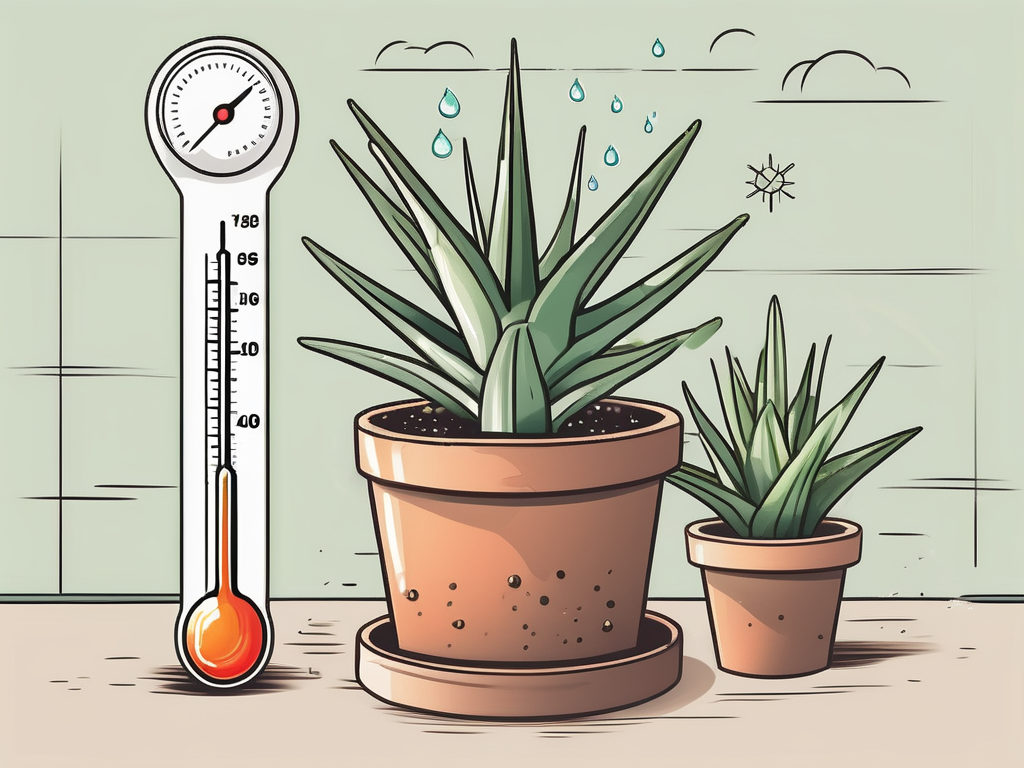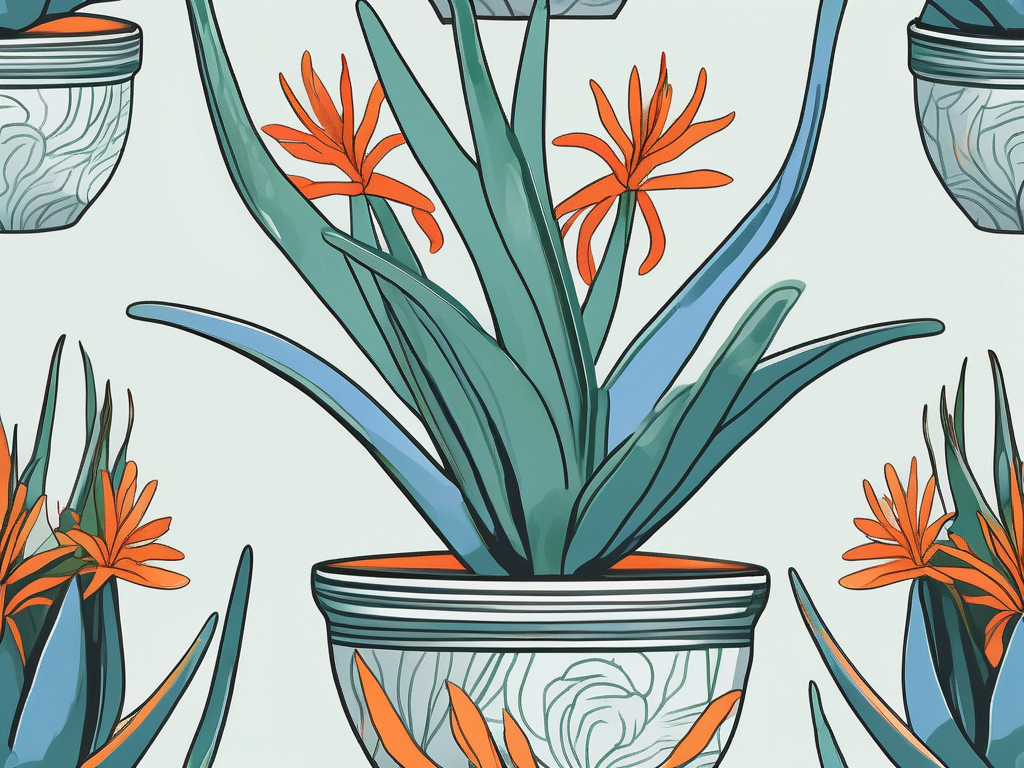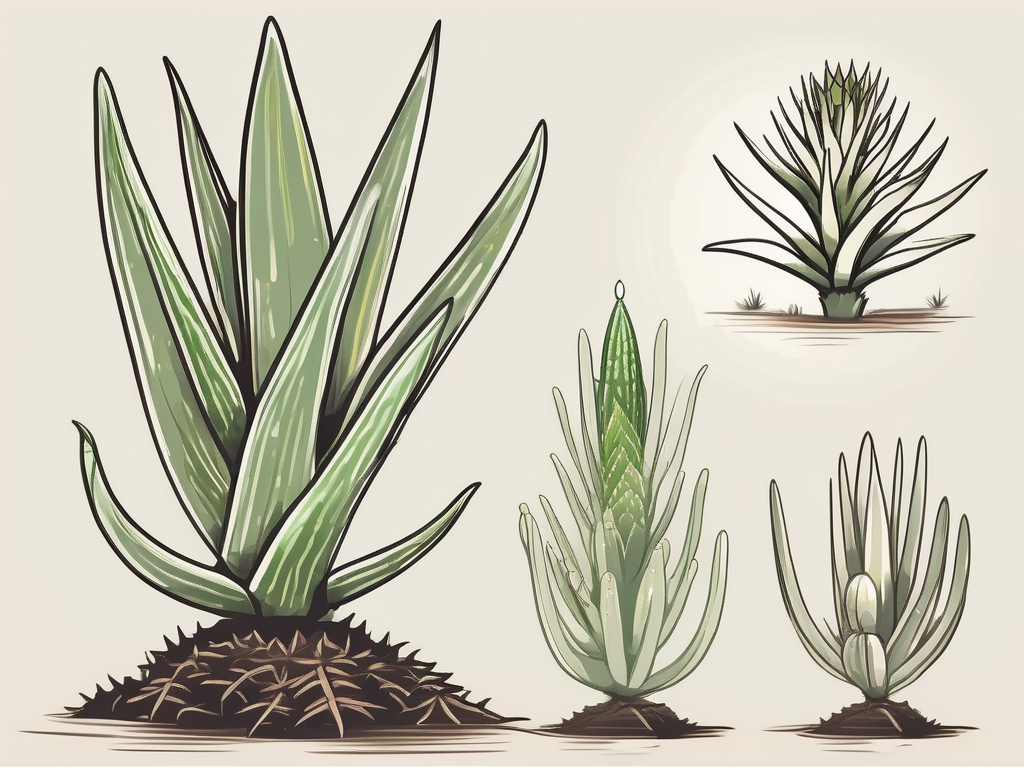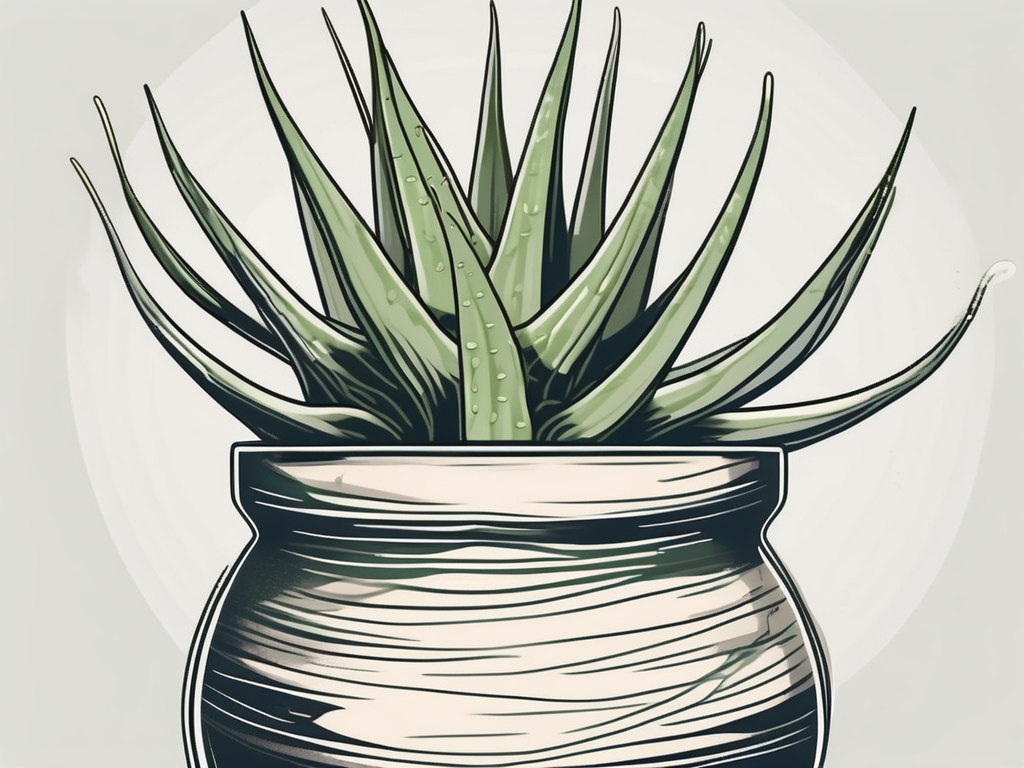
Imagine having a plant that's not only a feast for the eyes but also a breeze to care for. Meet the Tiger Tooth Aloe—a striking succulent with a rugged charm and an easy-going nature. Its serrated leaves and vibrant green hues make it a standout in any plant collection. Plus, it’s one of those plants that won’t throw a tantrum if you miss a watering or forget to move it into the sun for a day or two.
This article is your go-to resource for all things Tiger Tooth Aloe. We’ll walk you through its origin story, ideal growing conditions, potting tips, and common pest issues. We’ll also sprinkle in some fun design ideas to help you incorporate this beautiful plant into your living space. Whether you're a seasoned plant parent or a newbie looking to dip your toes into the world of succulents, you're in the right place.
Getting to Know the Tiger Tooth Aloe
Before we dive into the nitty-gritty of care, it’s helpful to know a bit about where these spiky beauties come from. The Tiger Tooth Aloe, scientifically known as Aloe juvenna, hails from the rocky terrains of Kenya. It’s a member of the Aloe family, celebrated for its striking appearance and easy maintenance.
What sets the Tiger Tooth Aloe apart from its aloey cousins? Its leaves are a bit more compact and arranged in a rosette pattern, with distinctive white spots and serrated edges that resemble, well, tiger teeth! These features not only give the plant its unique name but also add a touch of the wild to your indoor jungle.
Interestingly, the Tiger Tooth Aloe is a succulent, meaning it stores water in its fleshy leaves. This adaptation allows it to withstand dry conditions, making it an excellent choice for those who might not have the greenest of thumbs. If you tend to forget to water your plants, this Aloe might just become your best friend.
Light and Location: Finding the Perfect Spot
Let’s talk about where your Tiger Tooth Aloe will feel most at home. Light is a crucial factor in keeping it happy and healthy, but don't worry—it's not too picky.
The ideal spot for a Tiger Tooth Aloe is somewhere it can soak up plenty of bright, indirect sunlight. Think of a south or east-facing window where it can bask in the morning rays without getting scorched by the afternoon sun. Direct sunlight can cause the leaves to turn brown or develop sunburn spots, which we definitely want to avoid.
But what if your space doesn’t have those perfect sunlit windows? No worries! The Tiger Tooth Aloe is quite adaptable. It can tolerate lower light conditions, though it might grow a bit slower and the leaves may stretch out slightly as they search for more light. You can always supplement with a grow light if needed, especially during the shorter days of winter.
Here’s a quick tip: If you notice your Aloe starting to lean towards the light, give the pot a little turn every few weeks. This rotation helps it grow more evenly and keeps it looking its best.
Watering Wisdom: Keeping Your Aloe Hydrated
Watering is where many plant parents stumble, but with the Tiger Tooth Aloe, it’s all about balance and a bit of intuition.
Remember, this plant is a succulent, so it thrives on less frequent watering. A good rule of thumb is to let the soil dry out completely between waterings. This might mean watering every 2-3 weeks, depending on your home’s humidity and temperature. During the winter months, when the plant is dormant, you can stretch this interval even further.
One easy way to check if your Aloe is ready for a drink is to stick your finger about an inch into the soil. If it feels dry, it’s time to water. If it’s still damp, hold off for a few more days. Overwatering is a common mistake that can lead to root rot, a serious issue for succulents.
When you do water, make sure to soak the soil thoroughly. Allow the excess water to drain away completely, ensuring that the roots aren’t sitting in water—this is crucial! Your Aloe prefers a good soak over frequent sips.
Potting and Soil: Setting the Foundation
Choosing the right pot and soil is like setting a solid foundation for your Tiger Tooth Aloe. Succulents, including Aloes, have specific needs when it comes to their growing medium.
First, let’s talk pots. Opt for a container with drainage holes. This is non-negotiable since it helps prevent water from pooling at the bottom. Terra cotta pots are a great choice as they allow for better airflow and moisture evaporation, but any material with good drainage will work.
Now onto the soil. Skip the regular potting mix and go for something designed for cacti and succulents. These blends are usually sandy and well-draining, which is perfect for the water-storing roots of the Aloe. You can even mix in some perlite or pumice to improve the drainage further.
If you’re feeling adventurous and want to make your own mix, aim for a ratio of about two parts potting soil to one part sand or perlite. This DIY approach allows you to customize the soil to suit your specific environment.
When repotting, gently remove the Aloe from its current pot, shaking off any old soil. Be careful not to damage the roots. Place it in the new pot, filling around the root ball with fresh soil, and give it a light watering. Avoid fertilizing immediately after repotting; wait a few weeks to let the plant settle into its new home.
Temperature and Humidity: Creating the Right Environment
Tiger Tooth Aloes have their roots in warm, dry climates, so they’re not too fond of the cold. Keeping your Aloe in temperatures between 60-75°F (15-24°C) will mimic its natural habitat and promote healthy growth.
If you live in an area with cold winters, keep your Aloe away from drafty windows and doors. If possible, move it to a warmer spot in the house. Avoid sudden temperature changes, as this can stress the plant and affect its health.
Humidity isn’t much of a concern for this plant. It’s quite tolerant of the average indoor humidity levels found in most homes. If your home tends to be on the more humid side, ensure good airflow around the plant to prevent any potential issues like mold or mildew.
During the warmer months, feel free to place your Aloe outside on a patio or balcony, just be cautious of direct sun exposure. Acclimate it gradually to prevent sunburn, perhaps starting with a few hours of morning sun and increasing the exposure over several days.
Feeding Your Aloe: When and How Much
Fertilizing your Tiger Tooth Aloe is like giving it a little nutritional boost, but it’s important not to overdo it. Aloes are low-maintenance in the feeding department, so less is definitely more.
During the growing season, which typically runs from spring through early fall, you can feed your Aloe once a month. Use a balanced, water-soluble fertilizer diluted to half the recommended strength. This is enough to support its growth without overwhelming the plant.
In the winter, you can give your Aloe a break from feeding. It’s dormant during these months and doesn’t require the extra nutrients. Think of it as its time to rest and recharge.
Be mindful not to fertilize a newly repotted Aloe immediately. Give it a few weeks to adjust to its new pot and soil. Also, avoid feeding if the plant is stressed or not thriving, as this can sometimes do more harm than good.
Pest Patrol: Keeping Your Aloe Healthy
Like all plants, the Tiger Tooth Aloe can occasionally fall prey to pests. But don’t worry—most of these issues are manageable with a bit of vigilance.
Common pests include mealybugs, aphids, and spider mites. Mealybugs are small, white, and fluffy, while aphids are tiny and often green or black. Spider mites are particularly pesky, leaving fine webs on the plant. If you spot any of these intruders, act promptly.
Here’s a simple plan of action:
- Isolate the plant: If you notice pests, move the affected Aloe away from your other plants to prevent the infestation from spreading.
- Manual removal: Use a cotton swab dipped in rubbing alcohol to remove mealybugs or aphids manually. This works well for small infestations.
- Shower it off: A gentle spray with water can dislodge pests. Make sure to do this outside or in a sink to avoid mess.
- Insecticidal soap or neem oil: For more persistent pests, these natural treatments can be effective. Follow the instructions on the label for best results.
Keep an eye on your Aloe regularly so you can catch any pest issues early. A healthy plant is less likely to attract pests, so proper care is your best defense.
Common Problems and Solutions
No plant is entirely problem-free, but with the Tiger Tooth Aloe, most issues are easy to fix. Here are some common problems and their solutions:
- Brown leaf tips: This often indicates underwatering or too much direct sunlight. Adjust your watering schedule and relocate the plant if needed.
- Soft, mushy leaves: This is a sign of overwatering. Allow the soil to dry out completely and ensure good drainage.
- Leaves turning pale or yellow: This could mean your Aloe isn’t getting enough light. Try moving it to a brighter location.
If you’re ever unsure about what’s going on with your plant, don’t hesitate to reach out to fellow plant lovers for advice. Sometimes, a fresh pair of eyes can spot something you’ve missed.
Design Ideas: Incorporating Aloe into Your Space
Now that you know how to care for your Tiger Tooth Aloe, let’s talk about how to show it off! This plant’s unique appearance makes it a fantastic addition to various design styles.
Consider these ideas to integrate your Aloe into your home decor:
- Solo Statement: Place your Aloe in a stylish pot and let it stand alone on a shelf or table. Its unique shape and texture can serve as a focal point in any room.
- Part of a Collection: Group it with other succulents or cacti for a cohesive look. Vary the heights and textures to create visual interest.
- Hanging Planter: If you’re short on space, try a hanging planter. The Aloe's rosette shape looks fantastic when suspended.
Remember to play around with different pot colors and materials to see what complements your space best. The Tiger Tooth Aloe’s vibrant green is versatile, fitting seamlessly into both modern and rustic settings.
Final Thoughts
Caring for a Tiger Tooth Aloe is as rewarding as it is straightforward. By providing the right light, water, and soil, you can enjoy this striking succulent's beauty with minimal fuss. Keep an eye out for pests, and don't forget to rotate it for even growth.
At Cafe Planta, we're passionate about helping you succeed on your plant journey. Whether you're looking for the next addition to your collection or need expert advice, we're here for you. Check out our plant-themed apparel or reach out with questions via email or Instagram. Let's grow together!
























